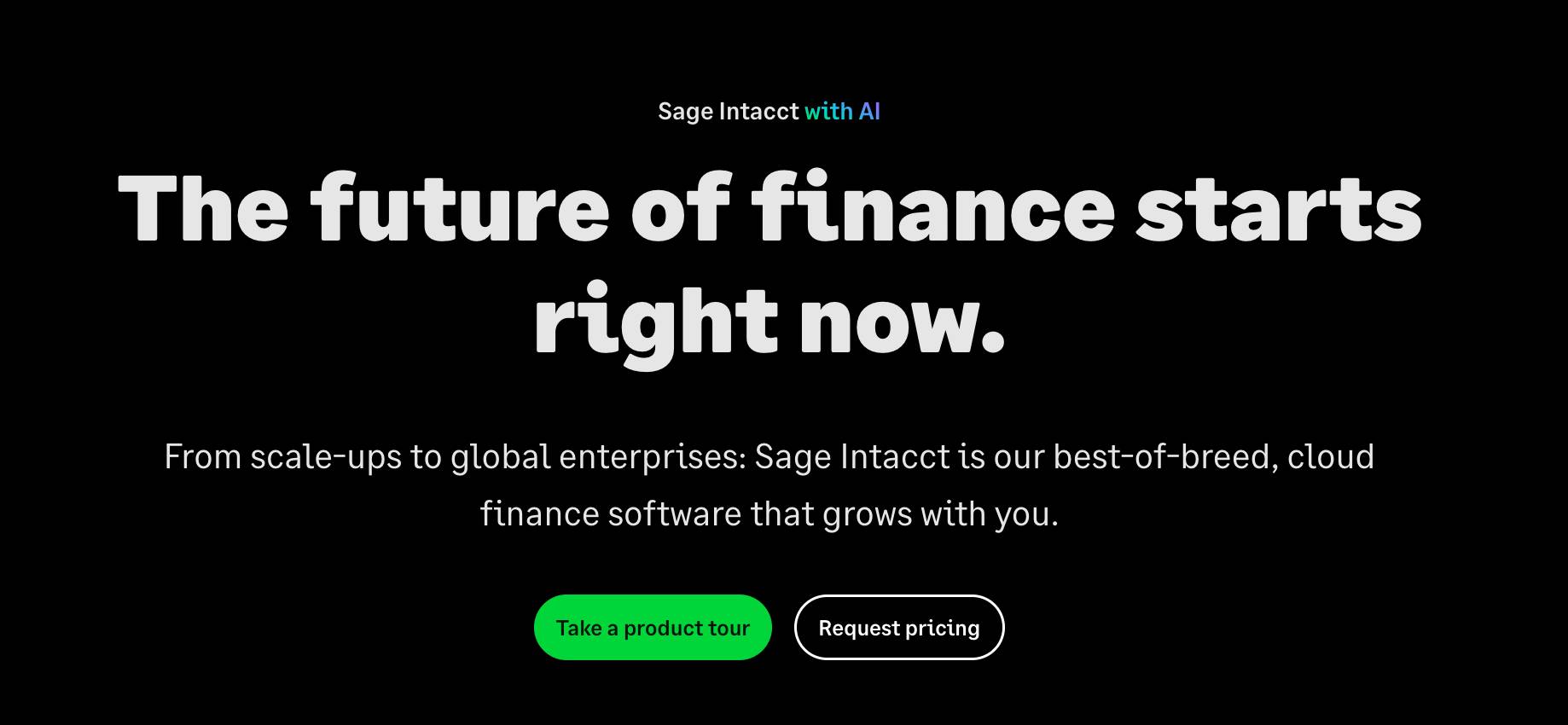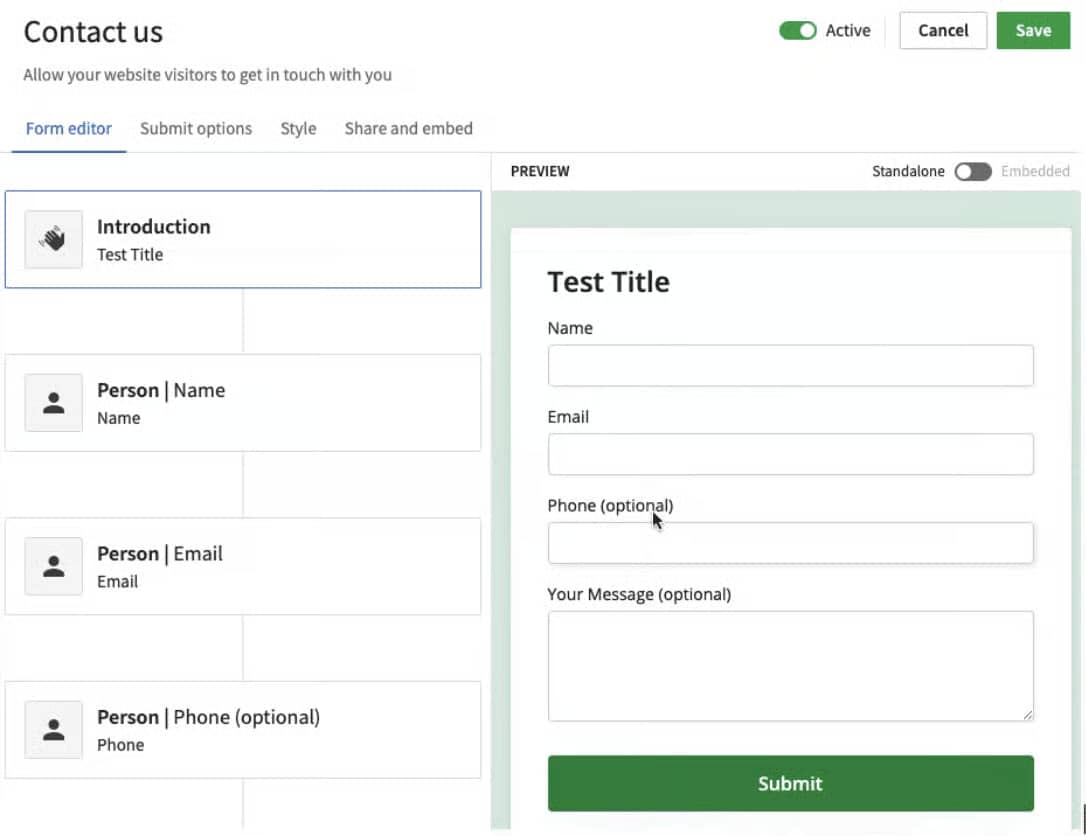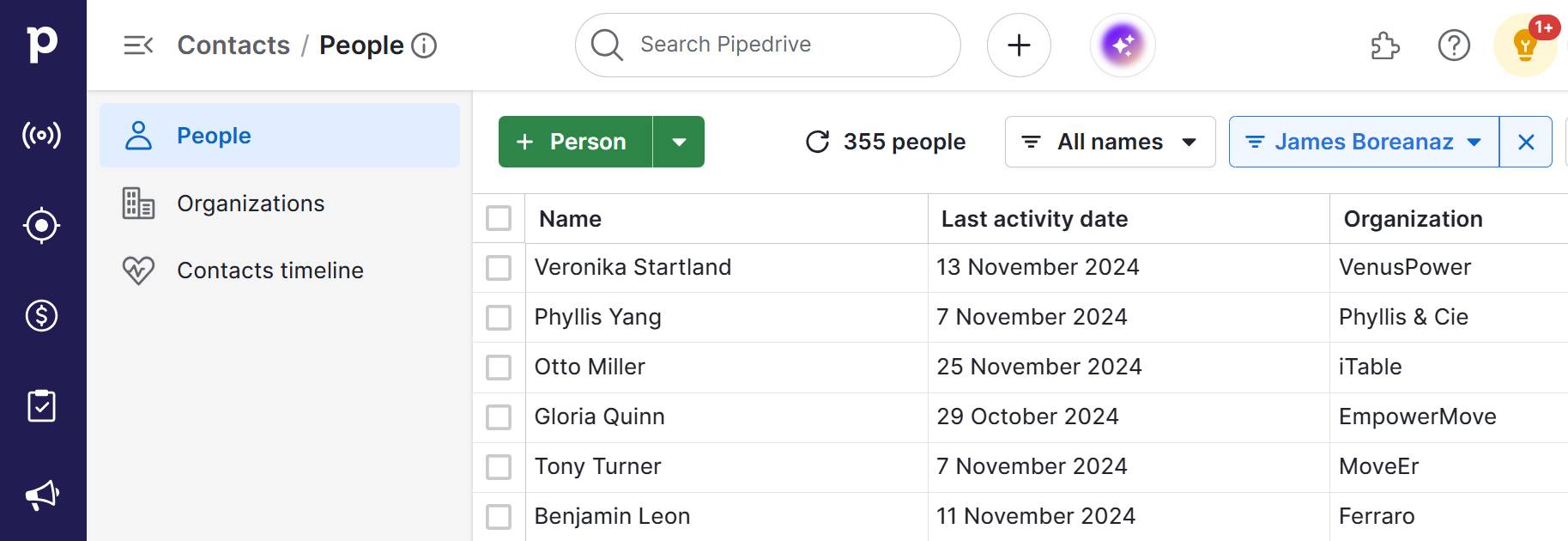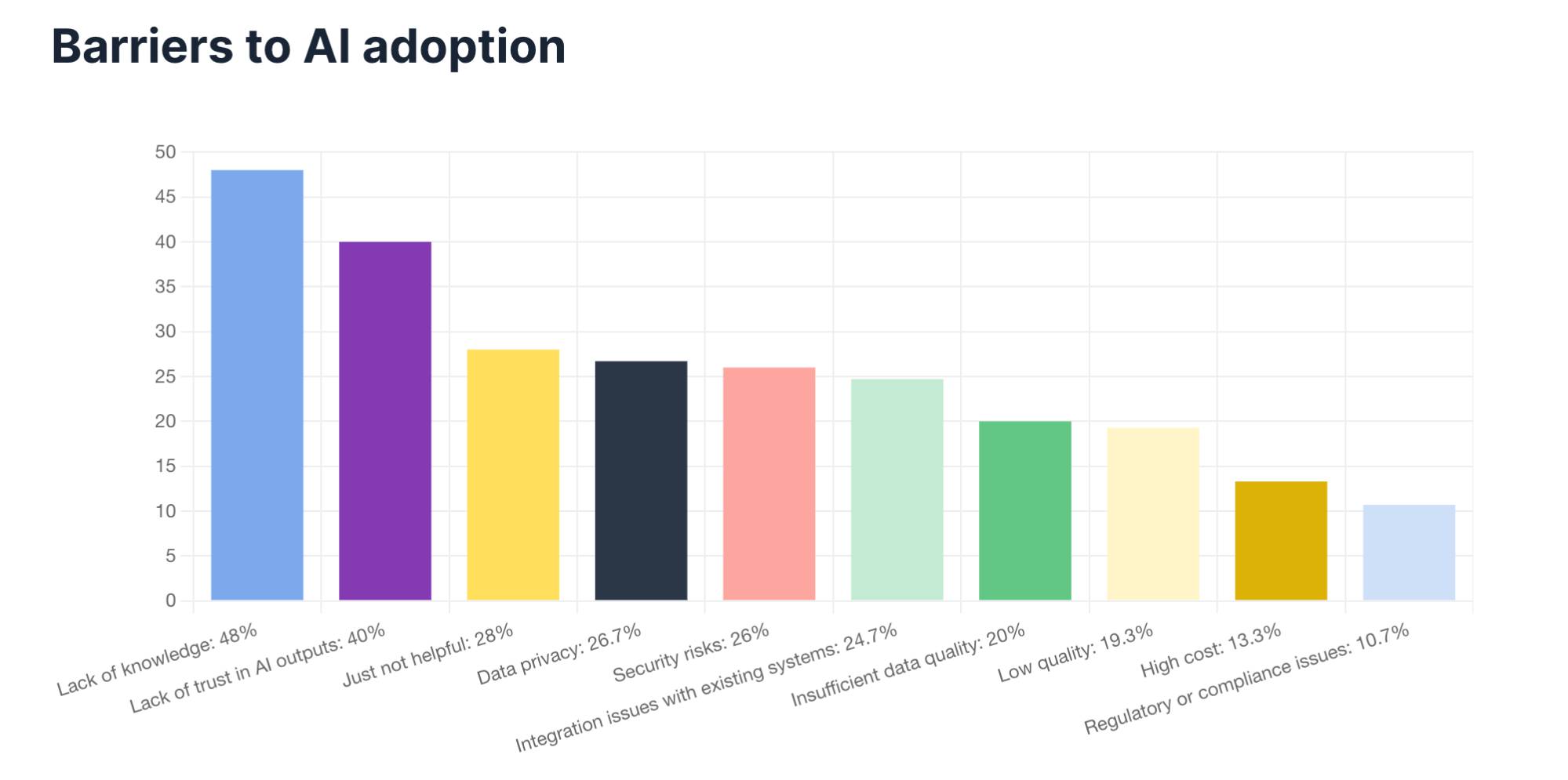To persuade a prospect to convert, you must go beyond knowing their job title and company size. You need to understand what makes them tick.
Psychographics in marketing add that missing depth. They help you deliver highly relevant interactions that inspire ideal customers to buy.
In this guide, you’ll learn how to collect psychographic data in your CRM and apply it to marketing for stronger targeting and more sales.
What are psychographics in marketing?
Psychographics in marketing are the traits that explain why someone buys a product or service or converts in another way, like signing up for an email newsletter. They include values, beliefs, lifestyle, personality and opinions.
The most straightforward interpretation of psychographics’ definition in marketing is knowing what makes your audience tick and using that to create content and offers they care about.
While demographic data might tell you a buyer is a 38-year-old VP at a SaaS company in Florida, psychographics explain that they:
Love innovation
Dislike long, avoidable meetings
Prefer self-serve content over sales calls
Put speed before perfection
With this insight, a marketer can make website content more relevant by highlighting innovative features. Similarly, a salesperson with access to this data type could skip cold calling and send a brochure instead.
These small, informed choices help both teams connect faster, persuade sooner and ultimately win more deals.
It’s like Peter F Drucker said:
That level of understanding comes from psychographic data. It helps you connect with your target market: what they value, how they think and why they act.
The 4 main types of psychographic data
Here are the key categories of psychographic data to look for:
1. Personality traits | Consistent patterns in how someone behaves or makes decisions. For example, are they risk-averse or open to bold moves? A prospect identified as innovative will likely try new, unproven tools, making them a potential startup customer. |
2. Values and beliefs | What a person sees as important or valid, in or out of work. Do they prioritize trust, security or relationships, for instance? A buyer who puts efficiency first might respond well to automation benefits. One who believes long-term partnerships matter more could look for strong customer support. |
3. Lifestyle choices and interests | How someone spends their time, energy and focus. What are their work habits and professional priorities, for example? If software buyers regularly attend SaaS events, they may respond well to deeper educational content and peer insights. Target their conscientiousness. |
4. Attitudes and opinions | How someone feels about ideas or specific topics. How do they view change? Are they receptive to new industry trends? A customer who embraces new tools might respond to forward-thinking language or a challenger sales model posing fresh ideas. Skeptics tend to need more reassurance. |
In practice, these categories often overlap. For instance, an innovator (values and beliefs) will likely enjoy trying new tools (lifestyle and interests) and see themselves as forward-thinking (personality trait).
Recognizing the connections helps you build a fuller picture of what drives each prospect, allowing you to market and sell products more effectively.
Demographics vs. psychographics: what’s the difference?
Demographics tell you who someone is in a very definitive way. Psychographics tell you what they care about and why they buy.
For example, two leads might share the same title and work at similar companies.
However, one is a data-driven decision-maker who values speed and automation, while the other prefers building relationships and personal referrals.
Here’s how the two data types compare in a more organized format:
Demographic profile | Psychographic profile |
Position: VP of Sales | Values autonomy, avoids cold calls |
Company size: 100-500 employees | Believes AI will disrupt their industry in three years and supports that |
Industry: SaaS | Wants to be viewed as an early adopter |
Location: Florida | Sees workplace efficiency as a way to spend more time at home |
Marital status: Married | Proud of their social status |
Household income: $250,000 per year | Trusts industry influencers |
Neither data type is more important than the other, and both matter at different stages of the marketing and sales funnel.
Demographics help you find your audience. Psychographics help you connect with them.
Why psychographics matter to marketers and salespeople
The better you understand customer psychology, the more precise your marketing strategy becomes.
Instead of basic outreach based on job titles, you can build targeted campaigns that address real pain points and purchase reasons.
Here’s what you gain from using psychographics in your marketing.
1. Improved customer segmentation for targeted campaigns
What is psychographic segmentation in marketing, and how is it different from demographic segmentation?
Demographic segments assume that people in the same industry or age group think alike
Psychographic segments go deeper, grouping people on shared values and preferences
Take Bill Gates and Steve Jobs. Both were US tech CEOs with huge budgets and decision-making power. They were demographically similar but psychographically opposite. Gates was analytical and systems-focused, while Jobs led with emotion and design.

Now imagine you’re sending a marketing email to a list of 1,000 people. Half think like Gates, the other half think like Jobs.
With demographic market segmentation alone, you’d send the same content to all of them. It either resonates with half or misses the mark for both.
With psychographic segmentation, you’d send two different marketing messages. One appeals to logic, precision and ROI – perfect for the Gates-style thinkers. The other leans into vision and emotional impact for Jobs-style minds.
That’s the power of psychographic segmentation in marketing: you’re grouping people by how they’re likely to respond, not just what box they check on a form.
2. Better lead qualification beyond surface-level data
Psychographic information helps you see which leads align with your product, not just those in the right job or place. That makes it a powerful lead-qualification tool.
For example, Canva grows by targeting people who see themselves as problem-solvers and “doers”. That’s a psychographic group. If the brand focused on marketers and small business owners, it would solely target demographic groups.
Canva’s “how-to” social media content attracts a broad audience and also acts as a filter. Anyone watching tutorials on its Instagram page (below) shows initiative and self-reliance, which signal someone who’d likely succeed with Canva’s self-serve platform.

In this case, psychographic behaviors are a strong qualification signal, even for someone outside Canva’s core buyer persona. The brand could target them with ads or direct contact and expect strong engagement.
Find more of the best leads fast with your lead qualification ebook
3. More effective messaging to resonate with real motivations
Psychographic characteristics help you understand why people act, not just what they do. That lets you craft messages that speak directly to what your audience cares about.
Harvard Business School professor Gerald Zaltman’s research found that 95% of consumer thinking happens subconsciously. That’s why messages rooted in fundamental psychological drivers are more likely to land and convert.
For example, Sage targets forward-thinking finance leaders. To address their growth goals, their messaging leans into progress and innovation, using phrases like “the future of finance” and “grows with you.”

If Sage’s target audience were more change-resistant, the same product would need a different angle. Messaging focused on stability, reliability and minimizing disruption would likely resonate more and convert better, even if the offering stayed the same.
How to collect psychographic data using Pipedrive
Psychographic research begins with data collection. There are a few ways to do this and Pipedrive supports each one. Here’s how you can start gathering the data that reveals what drives your customers.
Direct methods: customer surveys and questionnaires
The fastest way to learn what motivates people is to ask them directly. You can do that via surveys, questionnaires or customer interviews.
Start by using Pipedrive’s Web Forms to capture insights at the lead-gen stage. Its shareable links allow you to collect data from landing pages, emails, direct messages and social media platforms.
Web Forms’ design tool is straightforward to use. Here’s what the interface looks like:

Stick to short, open-ended questions that are easy to answer. A high response rate makes it easier to spot patterns across your audience.
Here are some simple prompts to start with:
What’s most important when choosing a new solution?
What concerns you about trying new tools?
What makes a significant purchase successful for your business? (i.e., key metrics or KPIs)
How does your team typically make buying decisions? (e.g., number of people involved, timeframes, etc.)
Use the answers to segment contacts by mindset or values in your CRM so they’re ready for you to target with sales and marketing efforts later.
For example, if someone says speed is a top priority and prefers to make quick decisions, tag them as a fast-mover. That’s a signal to send short, action-focused content and follow up fast before momentum drops.
Note: Collect psychographic data more efficiently by arranging a focus group of previous customers or ideal buyers. These participants already know your offering, so they’re more able to explain the motivations and decision drivers that shaped their choices. That’s insight you can apply directly to your messaging and targeting strategies.
Indirect methods: behavioral analysis and social listening
Pay attention to buyer and consumer behavior to unearth values and motivations that don’t appear in form fields. This insight is as valuable as a direct answer and is often easier to scale.
Check the data in your sales CRM and other marketing tools (e.g., website analytics), focusing on:
Content consumption. Are prospects reading long-form guides or quick tips? Are they spending time on product pages or case studies? Long reads suggest curiosity or diligence, while product-centered behavior indicates buying intent.
Email and messaging habits. Do they open emails right away? How about clicking links? Fast responses signal decisiveness, while delays or no engagement point to caution or disinterest.
Deal behavior in Pipedrive. How do prospects move through your sales pipeline? Are they quick to book sales demos or stall at a particular stage? Smooth movement suggests confidence, while delays show indecision or internal friction.
Social media signals. What kinds of posts do they like or comment on? If they focus on leadership insights, they value professional opinions. If they prefer practical advice, they’re likely more self-sufficient.
Use social listening and website analytics tools to enrich your customer data. For example, Pipedrive’s Google Analytics connector helps you understand which marketing activities turn potential customers into deals, so you can see what motivates them.
Here’s an example of the website data you can pull through to your CRM:

Once you start finding behavioral patterns, group contacts based on how they think and buy. You’ll soon have what you need for more targeted marketing campaigns.
Integrating psychographic data into contact records in Pipedrive
Use Pipedrive’s custom fields to organize your psychographic insights.
Custom fields let you structure psychological characteristics like demographic or firmographic (the business equivalent) information, making them straightforward for any team needing them.
Create fields for things like:
Decision-making style (e.g., fast-moving vs. cautious)
Purchase motivators (e.g., ROI, innovation, team efficiency)
Preferred communication method (e.g., email, chat, self-serve content)
Core business values (e.g., sustainability, speed, customer service)
Use labels or tags to group contacts based on shared psychographic factors for fast filtering or campaign targeting. You’ll find the “Add label” option here when you add a person’s information to your CRM:

Let’s say a contact loves efficiency and short-form content. You can create a segment in Pipedrive for “speed-focused buyers” and then focus sales and marketing efforts accordingly.
3 ways to apply psychographic data to marketing campaigns
Now, put what you’ve learned to work. Let the psychographics guide how, when and where you communicate with your audience. You’ll soon find every touchpoint feels more personal.
Here are three ways to build psychographics into specific marketing activities.
1. Email marketing with psychological insights
Use what you know about each segment’s mindset to tailor your email marketing messaging.
You don’t have to craft separate emails to boost your conversion rate. Start simple by tweaking subject lines, pre-headers and calls-to-action (CTAs). As long as your main content still matches what the preview promises, more people will open and click through.
Let’s say you’re announcing a new automation feature. The product stays the same, but the messaging doesn’t have to.
Here’s how the same email’s key elements might look for different types of buyers:
Psychographic segment | Email variations |
Innovation-focused | Subject line: “Reimagine what your workflow can do” Pre-header: “Our new automation feature helps you move faster than ever” CTA: “Curious? Give it a go” |
Risk-averse | Subject line: “Cut admin without losing control” Pre-header: “A proven way to reduce errors and save time” CTA: “Take a closer look” |
Autonomy-seeking | Subject line: “Finally: automation that works your way” Pre-header: “Choose how data flows through your business, skip the meetings” CTA: “Try it now (no calls, no fuss)” |
Purpose-driven | Subject line: “Save time, help your team” Pre-header: “Less admin, more impact – here’s how to make it happen” CTA: “See it in action” |
They all lead to the same thing, but each one opens with a different angle. That small change can be the difference between someone clicking or ignoring it.
If you have the time and are only working on a few emails, you can go further by tweaking the main copy to match each segment’s mindset (e.g., formatting or tone of voice). Pipedrive’s email builder templates help you make these changes without rewriting everything.
2. Marketing content that speaks to mindsets
When you understand what motivates different groups, your content strategy reflects that. It’s not just about the topics, but also about how you present them and the tone you use.
Here’s how it might look in practice. We’ll use our earlier segment examples and real examples of Pipedrive marketing content:
Psychographic segment | Content themes and formats |
Innovation-focused | Themes: future trends, experimental tools, new ideas Example format: “Email marketing trends: what works in 2025?” (opinion-led blog with data) |
Risk-averse | Themes: step-by-step guides, proven methods, peer validation Example format: “How AI bees used Pipedrive to boost growth by over 2000%” (real-world case study) |
Autonomy-seeking | Themes: time-saving tools, flexible workflows, self-serve processes Example format: “How to create a business glossary in 7 steps” (simple guide with template) |
Purpose-driven | Themes: company values, people-first tech, social impact Example format: “How we run our growing engineering team at Pipedrive” (behind-the-scenes brand story) |
Take the glossary guide, for example: it’s a no-frills resource for autonomy-seeking business owners who want to keep things tidy without outside support.
A single topic might click with more than one audience segment. You just need to deliver or frame it differently to resonate.
AI matters to both forward-thinking and more cautious buyers, even though they’re looking for different things.
An innovator might dig into the “State of AI in Business” report for its in-depth data and emerging trends, like this AI adoption barriers graph:

Meanwhile, someone more risk-conscious might go for the more practical blog post, “5 straightforward AI sales enablement tools”.
3. Direct outreach that talks in their language
When you log psychographic insights in your CRM, your salespeople can put them to work too.
Knowing what someone cares about helps sales reps adjust how they start conversations, what they highlight and how they handle common sales objections.
It makes conversations feel more human and less like someone reading a pitch.
Here’s how that might show up across different buyer mindsets, based on our running psychographic examples:
Psychographic segment | Outreach hook and positioning angle |
Innovation-focused | Hook: “We’ve just launched something that’s getting a lot of interest from early users” Angle: Talk about speed, product development and being ahead of the curve |
Risk-averse | Hook: “Let me show you how other teams in your space are handling this” Angle: Focus on proven results, stability and smooth adoption |
Autonomy-seeking | Hook: “Let’s have a two-minute demo and some pricing info – no signups, no sales calls” Angle: Emphasize control, flexibility and self-serve options |
Purpose-driven | Hook: “You might like this story about how one team used this to lift morale and free up their time” Angle: Tie your product to people, values and long-term impact |
Reps don’t need to reinvent their sales pitch. A few tweaks in tone or focus can make it feel more personal and more likely to get a reply.
Measuring the impact of psychographic marketing (with examples)
Once you’ve started using psychographics, the next step is proving it’s working.
The exact numbers you track will depend on your goals, but here are a few useful metrics to get going:
Engagement rate by segment. Which groups are paying attention to your content? Use tools like Google Analytics, Pipedrive Campaigns or social media management software to track clicks, opens and shares across custom segments.
Conversion rate by segment. Which types of people are more likely to take action, like signing up or booking a demo? Set up custom fields in Pipedrive to tag psychographic traits, then check conversion rates in the Insights dashboard.
Deal duration. If your new messaging hits the mark, leads should move through the pipeline faster. Pipedrive’s deal duration report (filtered by segment) will show if that’s happening.
Customer lifetime value (CLV) by profile. Export deal data from Pipedrive and custom fields or tags for psychographic traits into a dashboard tool like Databox or Google Sheets. From there, calculate average revenue per customer over time and compare across segments to identify your most valuable profiles.
Once you’ve got some results, share them. If your team sees that using psychographics leads to better engagement or shorter sales cycles, you’ll likely get more backing to scale it.
Reminder: Most tools won’t have psychographic filters out of the box. Psychographics are more personal and less standardized than demographics, so you’ll need to build custom fields and tags yourself.
Optimize your approach based on results
Psychographic marketing gets better the more you test and tweak it. Start simple, try different approaches and pay attention to what’s working.
Check the performance data on your psychographic groups every month. Look for patterns in the metrics:
Which mindsets are converting quickest?
What messages land best with each group?
Who’s staying loyal or buying again?
Do different buyer types prefer email, social or something else?
When an approach yields results, note it in your CRM. Over time, you’ll build a playbook you can reuse and share across the team.
For example, if your efficiency-focused segment responds better to direct email outreach with precise ROI data, the sales team can scale that approach across the buyer journey. Alternatively, reps can focus on social selling if relationship builders engage more through LinkedIn with personal stories.
People and markets change, which means psychographic profiles can shift over time. Review your approach quarterly to ensure your targeting aligns with prospects’ thoughts and actions.
Final thoughts
Psychographic data helps you go beyond surface-level targeting to outperform demographic-obsessed competitors.
Relevant messaging, better lead qualification, stronger customer relationships – it all flows from knowing what truly matters to your audience.
Start by identifying the psychological traits most relevant to your customers. Use a mix of direct and indirect market research to build detailed profiles. Then centralize these insights in a CRM.
The more sales and marketing teams speak to what target customers care about, the more meaningful and persuasive every interaction becomes.







